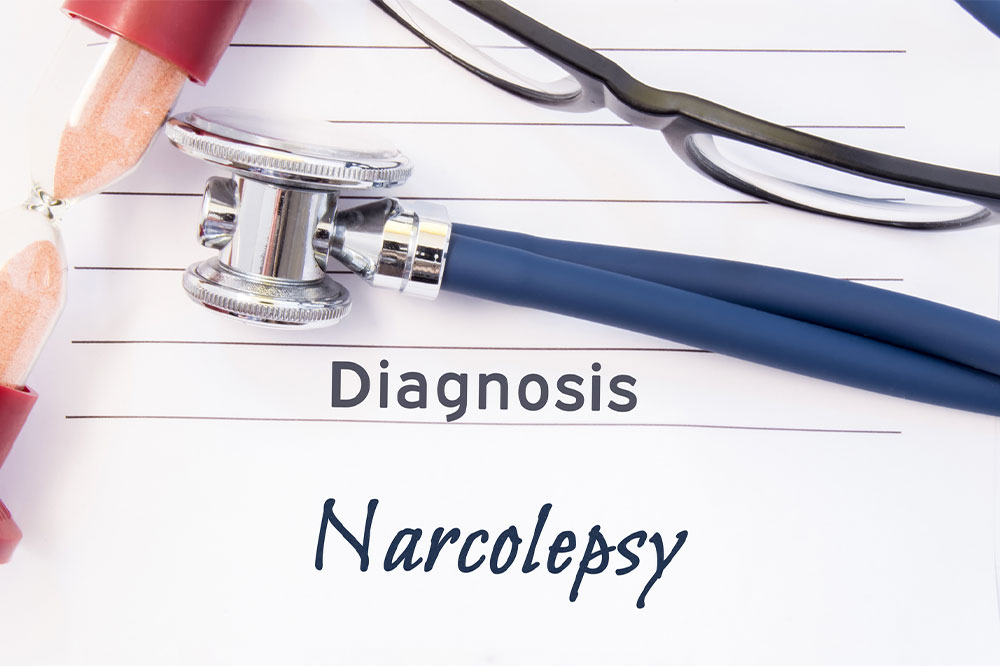
Known risks and symptoms of narcolepsy explained
The human brain is responsible for regulating all body functions, impulses, and responses using an intricate network of nerves and chemical reactions. If there is any imbalance in these chemicals, it can severely impact the linked function. Narcolepsy is one such chronic sleep disorder that is triggered due to the central nervous system’s inability to regulate sleep and wake cycles. Narcolepsy exhibits several symptoms triggered by the following risk factor and presents two distinct types.
Risk factors
There are no known causes of narcolepsy. In many cases, the condition is also underdiagnosed or misdiagnosed. But several associated risk factors increase the likelihood of the sleep disorder.
Age
Narcolepsy, unlike other progressive disorders, carries an elevated risk of progression at two crucial stages in adulthood, with peak diagnosis ranging between the ages of 15 and 36.
Family history
Certain genetic predispositions also increase the risk of narcolepsy being passed down in the gene pool. However, very few instances result from parents or siblings having the condition.
Traumatic injury
Brain trauma can result in a series of changes in the brain cell composition and the way it functions. Many cases of narcolepsy could be the result of a trauma that affected sleep and waking patterns. These changes could even occur gradually.
Symptoms of narcolepsy
Narcolepsy exhibits a number of physical and mental symptoms that may occur abruptly or develop slowly depending on the severity of the diagnosis.
Excessive sleep
Daytime sleepiness is one of the most common symptoms triggered by the condition. Referred to as Excessive Daytime Sleepiness or EDS by the health community, this severe urge to fall asleep can occur at any point during the day. Patients often feel drowsy and may even succumb to sleep attacks that keep them inactive for a brief time.
Behavioral changes
People who resist this urge to fall asleep may also trigger certain automatic behaviors without realizing they are doing it. For example, a person may resist the urge to fall asleep while eating and may continue to do so even after the plate is empty. This could also happen with driving where the patient has parked the car but feels like they are still driving for a few seconds. Automatic behaviors are common with repetitive tasks and are only subconsciously triggered for a brief time.
Loss of muscle tone
Also termed as cataplexy, this symptom triggers a sudden loss in muscle tone and is one of the most common symptoms of narcolepsy. In fact, simple emotions like fear, anger, laughter, or even surprise can trigger cataplexic attacks. The symptom can persist when a person is already fatigued or exhausted due to lack of sleep or erratic cycles. Loss of muscle tone could further trigger basic changes like garbled speech, swaying of the head, sagging facial muscles, and a full body weakness that leads to temporary paralysis. Cataplexy may be temporary and fade out in a few seconds or could last for several minutes, depending on the severity of the attack.
Reduced night sleeps
An inability to fall asleep at night or getting inadequate rest is a clear sign of narcolepsy. These symptoms could also progress into a person experiencing sleep talking or walking. Some may even have vivid dreams before waking up abruptly in the middle of the night at frequent intervals.
Sleep paralysis
Patients may also suddenly experience a feeling of no sensation or total paralysis where they are unable to move at all. This phenomenon happens when a person is trying to fall asleep or waking up after a nap. The paralysis is only temporary but nevertheless can be quite disturbing to experience.
Hallucinations
Hallucinations can be hypnagogic, which means that they have a vivid dream while trying to fall asleep, or hypnopompic, meaning they happen while waking up. This could be triggered due to dreams that seem realistic and frightening to experience for many people. Hallucinations are often coupled with sleep paralysis, where the patient suddenly wakes up from a nightmare and is unable to move for a few seconds.
Types of narcolepsy
Narcolepsy is usually diagnosed with cataplexy (NT1) or without cataplexy (NT2). NT1 is commonly diagnosed among patients who experience loss of muscle tone. These patients also have low levels of a chemical called hypocretin-1, which is responsible for controlling the wake responses. Patients with NT2 don’t necessarily experience problems with muscle tone loss or have low levels of hypocretin-1.
Note that the symptoms develop in no proper progression and vary from patient to patient depending on the type of narcolepsy. In rare cases, patients diagnosed with NT2 may also develop cataplexy. In any case, immediate medical attention is advisable if the symptoms persist in avoiding further complications.




